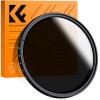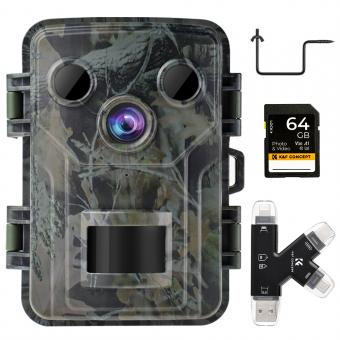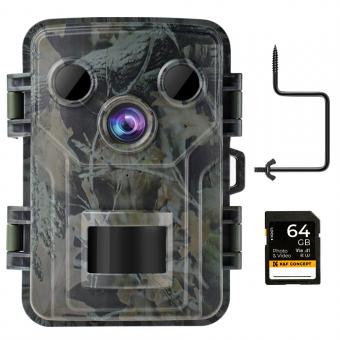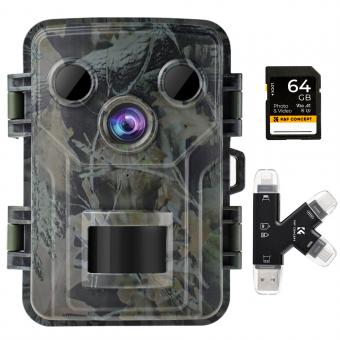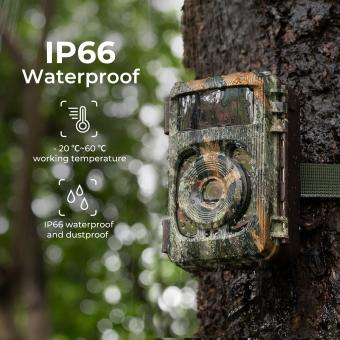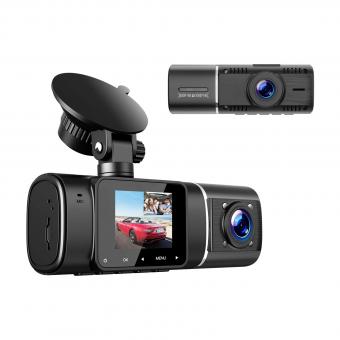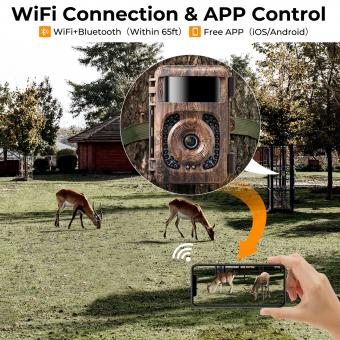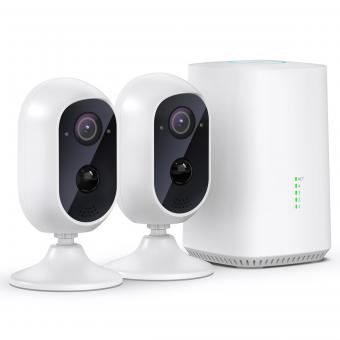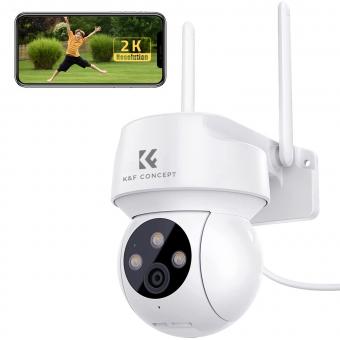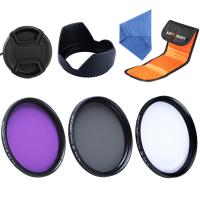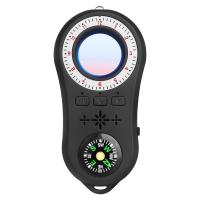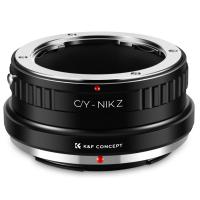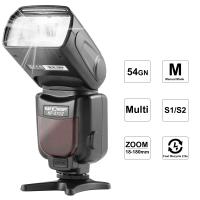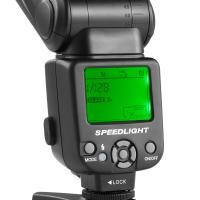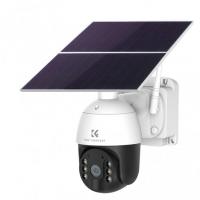How To Install Security Cameras Front Of House?
Installing security cameras in front of your house is a powerful way to enhance the security of your home and protect your property. In this article, we'll cover the step-by-step process of installing security cameras, addressing key considerations about the equipment, placement, and legal implications. By the end, you'll have a comprehensive understanding of how to install security cameras in front of your house effectively.
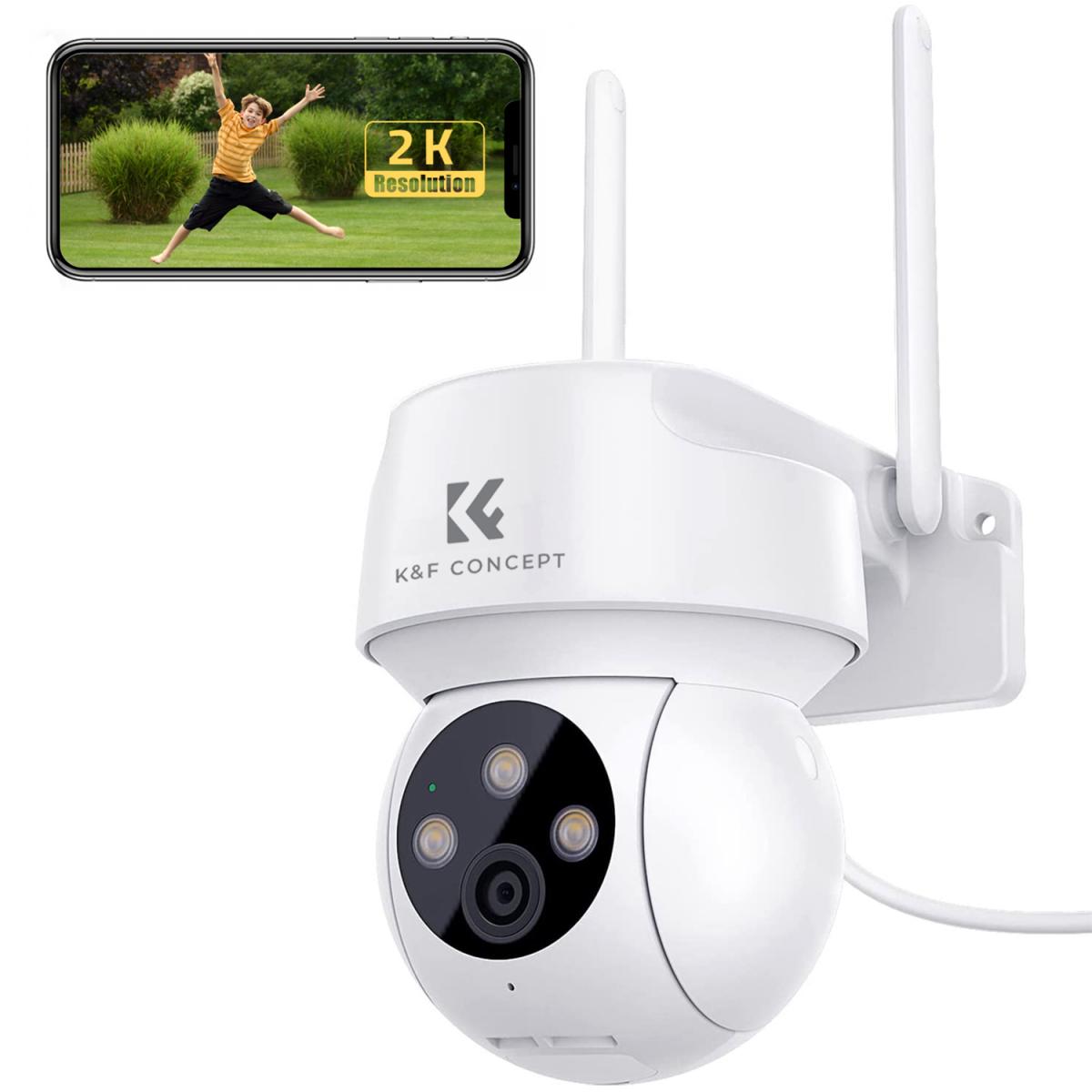
1. Determining Your Security Needs
The first step in the installation process is to determine your security needs. Consider the following questions:
- Why are you installing security cameras? Are you trying to deter burglars, monitor package deliveries, or keep an eye on property damage?
- What areas do you need to cover? Identify the most vulnerable spots such as entry points, driveways, and garages.
Understanding your security needs will help you to choose the right type of cameras and positions.
2. Selecting the Right Equipment
Once you’ve identified your security needs, the next step is selecting the right cameras and equipment. There are several types of security cameras available, each with its own features:
- Wired Cameras: Offer reliability and consistent video quality but require running cables through your walls.
- Wireless Cameras: Easier to install and more flexible in placement, but may experience interference or require frequent battery changes.
- Doorbell Cameras: Replace your existing doorbell and provide a convenient way to monitor front entries.
Camera Features to Look For:
- Resolution: Higher resolution cameras capture clearer images.
- Night Vision: Crucial for monitoring your property at night.
- Motion Detection: Reduces the need for constant recording and alerts you to movement.
- Weather Resistance: Important for outdoor cameras to withstand various weather conditions.
3. Planning Camera Placement
Correct placement of security cameras is key to maximizing their effectiveness:
- Height and Angle: Cameras should be mounted high enough to prevent tampering but at an angle that offers a clear view.
- Field of View: Ensure the cameras have a wide enough field of view to cover desired areas.
- Lighting: Avoid pointing the camera directly at bright lights, which can obscure the video. Utilize natural lighting to your advantage.
Strategically place cameras at:
- Main Entry Point: Cover your front and back doors. Most burglars enter through these points.
- Driveway and Garage: Monitor your vehicles and garage door.
- Windows: Position cameras to cover ground-floor windows, especially those not facing the street.
- Porch and Yard: Provide a general surveillance of the front yard, walkways, and porch area.
4. Installation Process
With your equipment selected and placement planned, you can begin the installation process:
Mounting the Cameras:
- Step 1: Choose the exact location.
- Step 2: Drill pilot holes for the mounting screws.
- Step 3: Attach the mounting bracket to the surface.
- Step 4: Secure the camera to the bracket.
Wiring and Power Supply:
- Wired Cameras: Run cables from the camera to the recording device (DVR/NVR) and power outlet. Secure cables along walls and ceilings to avoid tripping hazards.
- Wireless Cameras: Connect cameras to the power source. Use battery packs if applicable or install near a power outlet.
Configuring the System:
- Step 1: Connect cameras to the DVR/NVR or hub system.
- Step 2: Follow the manufacturer’s instructions for setting up the software.
- Step 3: Configure Wi-Fi or Ethernet connections for networked cameras.
- Step 4: Test each camera to ensure it’s capturing and recording as expected.
5. Setting Up Remote Access
Modern security systems often come with options for remote access. This allows you to monitor your cameras from anywhere using a smartphone, tablet, or computer. To set up remote access:
- Download the App: Install the security system's app on your smartphone or tablet.
- Sync with Your System: Use the app to connect to your cameras and follow the setup instructions.
- Enable Notifications: Customize notifications for motion detection or other alerts.
6. Ensuring Compliance with Local Laws
It’s crucial to ensure your camera installation complies with local laws and regulations regarding privacy:
- Private Property vs. Public Places: Cameras should focus on your property. Avoid pointing cameras directly into neighbors' homes or over public areas.
- Consent: If your camera captures footage outside your property, like a shared walkway or the street, ensure you comply with local consent laws regarding surveillance.
- Signage: Legally, you might be required to inform visitors and passersby that they are being recorded.
7. Routine Maintenance
Regular maintenance ensures your security system remains effective:
- Clean the Lenses: Dust and debris can obscure the camera’s view.
- Check Connections: Ensure that all wires, mounts, and power connections remain secure.
- Software Updates: Keep the camera software and apps updated to improve functionality and security.
Conclusion
Installing security cameras in front of your house significantly enhances your home’s security by deterring potential criminals and providing valuable evidence if an incident occurs. By thoughtfully planning the installation, selecting the right equipment, and following systematic procedures, you can ensure complete coverage of your property.
Remember to choose quality cameras that meet your specific needs, place them strategically, and comply with local laws to maximize the efficiency of your security system. Regular maintenance checks will help keep your cameras in top working condition, providing peace of mind knowing your home is secure.

